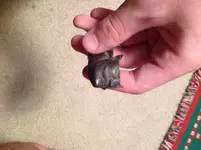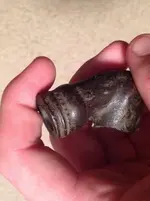Hello Donneybrook,
I'm voting for the ever popular Turk's Head.
"Turk’s Head Tobacco Pipe
Rebecca J. Morehouse, Maryland Archaeological Conservation Laboratory
This black clay tobacco pipe was recovered from a privy, or “outhouse”, at the Federal Reserve Bank site, in Baltimore City. Made sometime in the early to mid-19th century, the pattern and style of the pipe indicate it was likely produced in one of the many large pipe-making factories in northern Europe, perhaps France or Belgium. Illustrations found in the 1846 catalog from the Fiolet factory in Saint Omar in northern France show designs very similar to that of this pipe. Like most tobacco pipes of this time period, this pipe is made of white clay, but was put through an additional process to obtain its black appearance. Once fired, the pipe was placed in a large cylindrical ceramic vessel called a “sagger,” which was filled with oak sawdust, and then fired a second time. This process produced a black matte finish on the pipe. The surface was then coated in graphite or coal dust and rubbed with a cloth to produce a polished surface.
The molded face of the pipe is referred to as a “Turk’s Head” and is a representation of Europe’s fascination with “the Orient” during the early 19th century. In the late 18th century, after Napoleon Bonaparte led the French Army’s invasion of Egypt, European travelers flocked to the Near and Middle East. Many of these travelers captured their impressions of these foreign lands in Africa and Asia through art and literature, sparking the Orientalist movement of the 19th century. As this Turk’s Head pipe illustrates, this artistic expression can also be found in the molded pipes made throughout continental Europe during this time period. The Turk’s Head design may also be associated with tobacco imported from the Near East and was a symbol, along with the Saracen, the Indian Prince, and the Moor, used on coffee house and tobacconist’s signs since the 17th century."
Maryland Archeology Month - April 2005
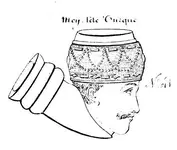




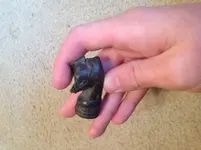

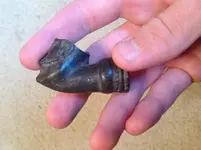
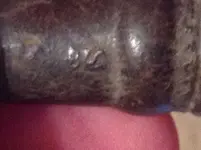


 haha
haha
